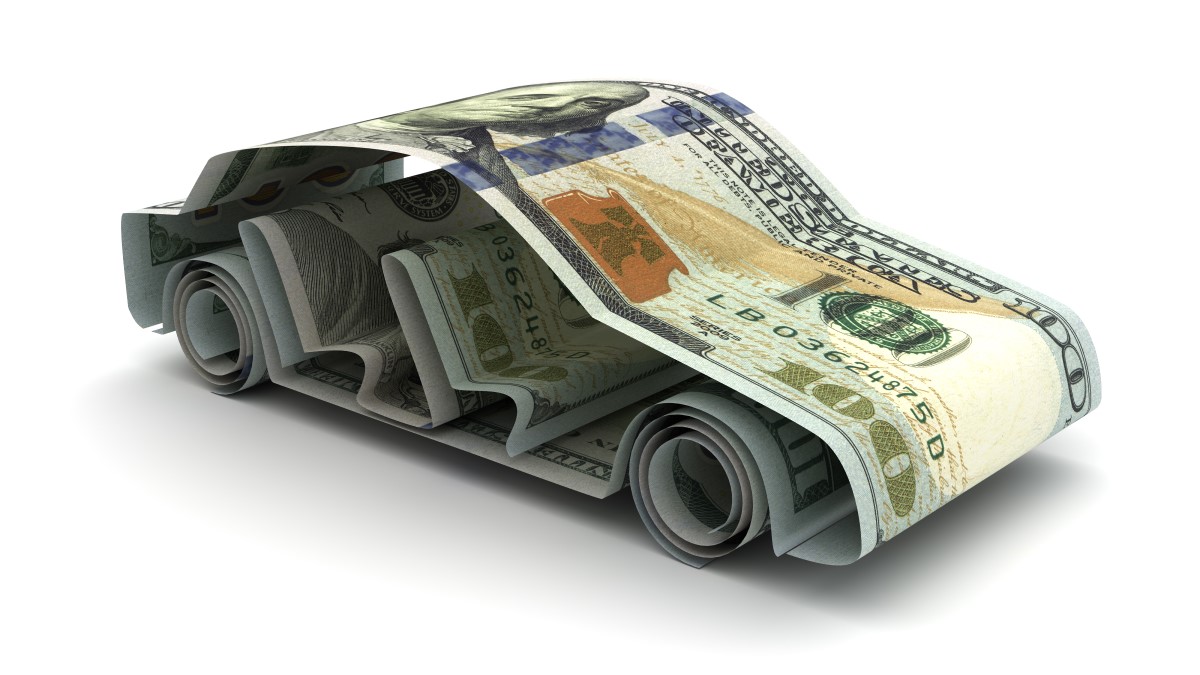
The average new car buyer committed a higher percentage of their income to their car payment last month, but they didn’t have to. New cars grew less affordable largely because Americans chose more expensive new vehicles.
The best measure of affordability isn’t price. It’s time. Few Americans buy a new car with cash. Most of us borrow to purchase and work to repay the loan.
The Cox Automotive/Moody’s Analytics Vehicle Affordability Index considers that, measuring how long it would take the average earner to pay off the average car loan. It’s a product of Kelley Blue Book parent company Cox Automotive.
The index stayed between 33 and 36 weeks of income for most of a decade before the COVID-19 pandemic hit. That allowed Americans to grow used to cars taking up a certain percentage of their household budget.
It rose as high as 44 weeks during the peak of the pandemic. For much of 2024, it worked its way back down toward something like normal. But last month, it rose to 38.2.
The increase came despite falling interest rates and aggressive incentives from automakers and dealers looking to lure in new customers.
What triggered it? Americans simply chose more expensive cars last month. The final sale price of the average new car rose to a near-record $49,740 last month because Americans chose more luxury cars. Sales of vehicles priced above $80,000 boomed in December, up 37% over a year ago.
“Higher prices pushed the average monthly payment to a six-month high,” explains Cox Automotive Chief Economist Jonathan Smoke. The average buyer last month signed up for a monthly payment of $756, not far below the all-time record of $795, set in December of 2022.
But the high payments were a choice, with plenty of more affordable cars on the market and dealers offering hefty discounts. “We expect vehicle affordability to improve in 2025, driven by lower interest rates and increased incentives,” Smoke says.

